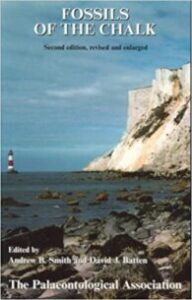There are several good books on the fossils of the Gault Clay and, by extension, Folkestone. However, this little guide has an advantage over the others that I have looked at.
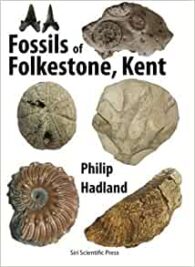

There are several good books on the fossils of the Gault Clay and, by extension, Folkestone. However, this little guide has an advantage over the others that I have looked at.

I have a soft spot for PalAss guides and have reviewed several in the past. As a collector myself, the amount of information about the relevant fossils is second to none, with black and white photos and descriptions of virtually everything the amateur or professional palaeontologist might need.

Just a couple of days before the Covid-19 lockdown, I was with friends at Tidmoor Point collecting wonderful pyrite ammonites from the Oxford Clay with this excellent guide to the South Dorset Coast. The South Dorset Coast runs from the West Fleet (of Chesil Beach fame) to and including the Isle of Portland.
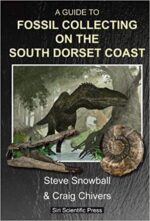
Like others in the series, Fossils of the Gault Clay has the usual excellent black and white photographs of beautifully prepared specimens. Each chapter is authored by a specialist in the relevant subject, containing an introduction, followed by detailed systematic descriptions of each specimen.
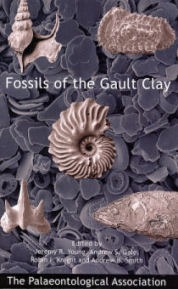
This newly published guide is another near-perfect fossil book from Siri Scientific Press, who are rapidly becoming my favourite publisher of esoteric palaeontology. This one is perhaps less arcane, as it deals with an area of Britain that has been extensively covered by various authors with varying degrees of success.

This is clearly one for our German readers, of which I am glad to say there are many. However, this glossy and excellently produced hardback, covering the fossils of the Alpstein region of Switzerland, may have general appeal to anyone interested in the identification and study of fossils from various parts of the world, despite being written in German.

Shropshire is one of my favourite areas for both geology and fossil collecting. The Silurian of this beautiful area is fascinating and, if you can get permission to get into one of the commercial quarries (and you will need permission), then the results will be remarkable.
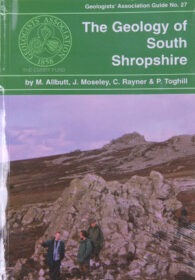
This is a guide to the collection, preservation and display of fossils from more than 50 locations in the UK. It is unashamedly based on the UK fossils format, but obviously, rather than being an online resource, it is a pocket sized book to be taken and read on site.
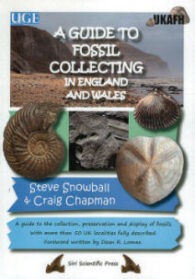
There are only a few good books on the London Clay and its fossils, but this little guide from the Geologists’ Association is a good start for beginners, children and teenagers. Rockwatch, which published this guide, is the national geology club for young people, the junior club of the GA. Having said that, this guide does not dumb down the information it contains.
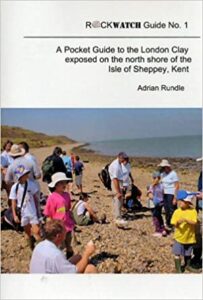
I always wait expectantly for the publication of a new Palaeontological Association guide to fossils and, when they turn up, I am never disappointed. This is undoubtedly another triumph. This guide attempts to bring the diversity of its flora and fauna together in a single work, for the first time.
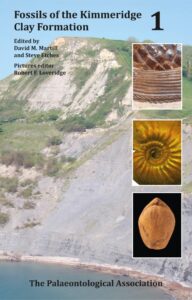
This is a lovely little book – the sort I would want to write. It is beautifully illustrated and well researched, with more than 200 glossy photographs and always interesting comments on the subject matters it touches upon. In short, it is a delight.

In recent years, there has been a lot written on the fossils of the UK Chalk. However, this guide was the first and is still probably the best for identifying and learning about the fossils that can be found in the chalk cliffs and pits of the UK.
